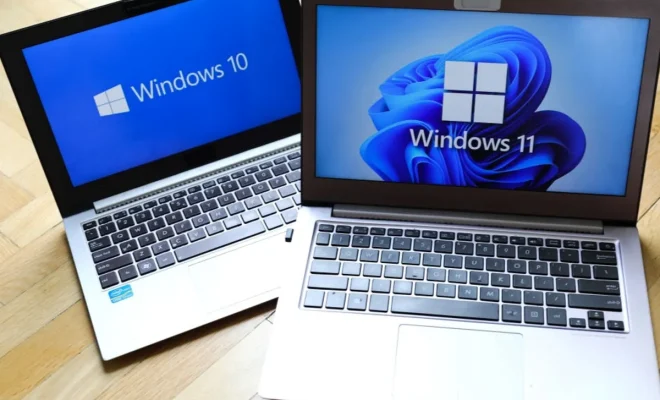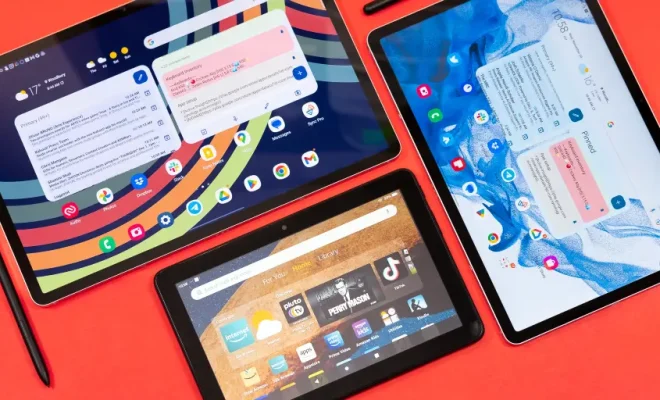Assistive Technology to Help Students with Aphasia Succeed Academically

Students who suffer from aphasia have a significantly impaired ability to understand or communicate with those around them. This can make the classroom setting more difficult for both the student and the teacher. Fortunately, there are plenty of tools available to help make learning and communicating easier for everyone. Assistive technology can create a more productive learning environment.
Teachers and parents who work with these students will want to know what types of assistive technology could be available. These top tools could be just the thing you’ve been looking for to improve daily life.
Memory Impairment
Many people who suffer from aphasia struggle to remember routine things. Their memory problems present a significant barrier in the classroom when they need to remember where to go, the dates of tests, and other key details. Assistive technology can help with some of the general apps found on handheld devices. Calendar programs often allow you to set up reminders and alarms that can prompt students to move onto the next thing.
Attention Span
In addition to memory issues, some students might also find it difficult to focus on one task at a time. Their attention span might be radically shortened by the aphasia. Many companies produce apps and games designed to improve the brain’s fitness and lengthen attention spans. Simple programs like these could be immensely helpful in getting students to a point where they can focus on a longer lesson. Aura and Lumosity are excellent choices to help in this area.
Restoring Language
One of the most challenging barriers for students with aphasia is their inability to communicate with language. Programs such as Lexion allow them to work on the computer to restore their knowledge of phonics, comprehension, spelling, and vocabulary. This computer program even allows them to work on simple math skills that might be important for daily life.
Voice Generators
Some students with aphasia might still be able to read fluently but remain unable to communicate aloud. With voice generators, they can regain control over their environment. These are often inexpensive devices that allow them to select the words or pictures of things they want to share. The machine can then translate them into language that is read out loud. Simple tools like these can drastically improve the quality of life for students with aphasia. They can now share their answers and needs out loud in the classroom setting.
Gaining access to the right technology can be a huge asset in helping students overcome disabilities in the classroom. Assistive technology that can be used for conditions like aphasia could be just what your students need to succeed academically.






